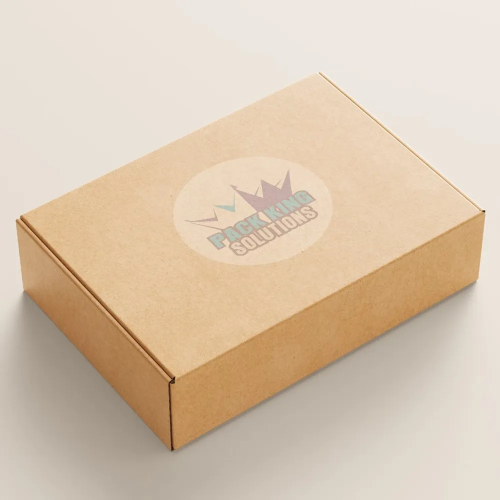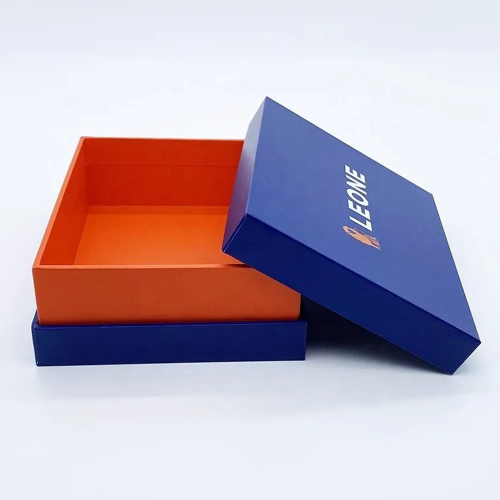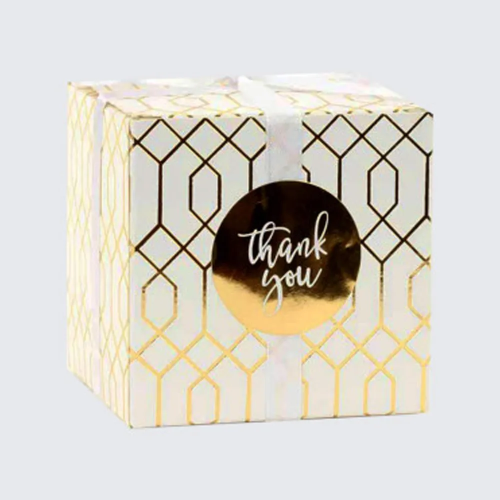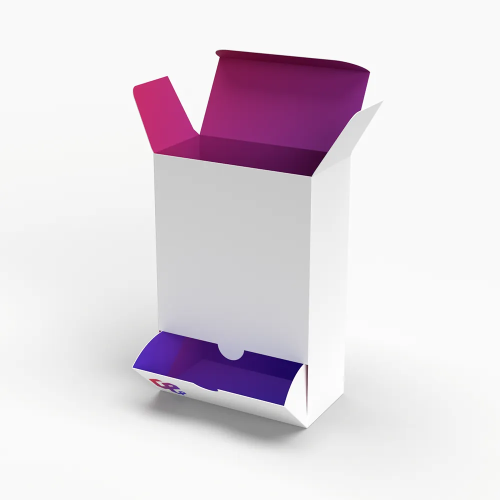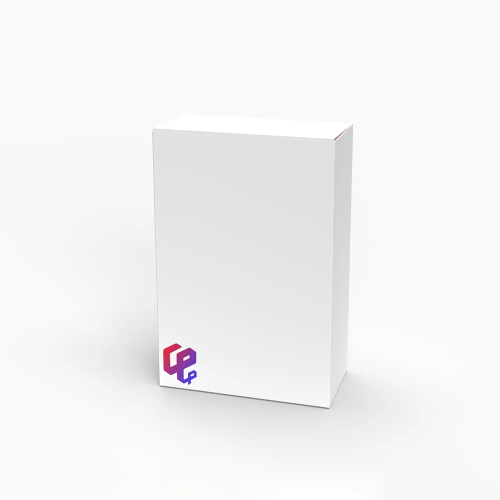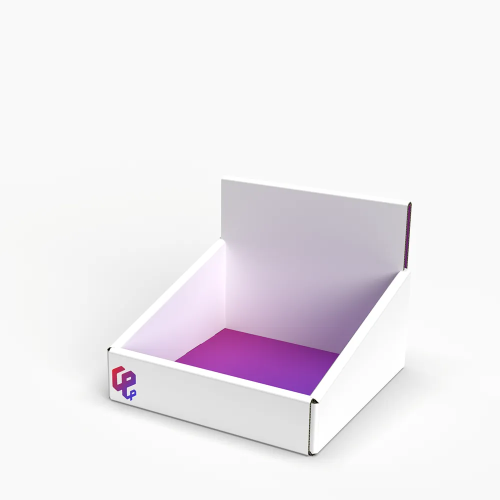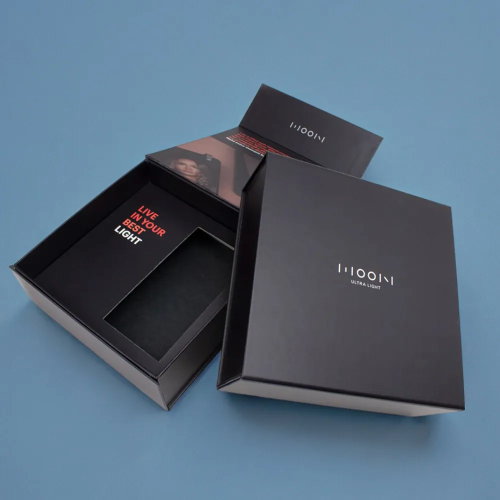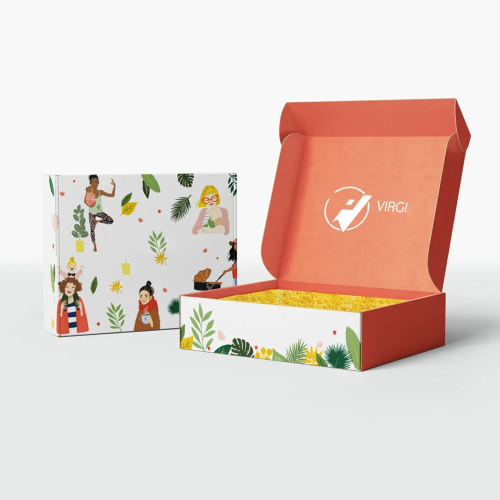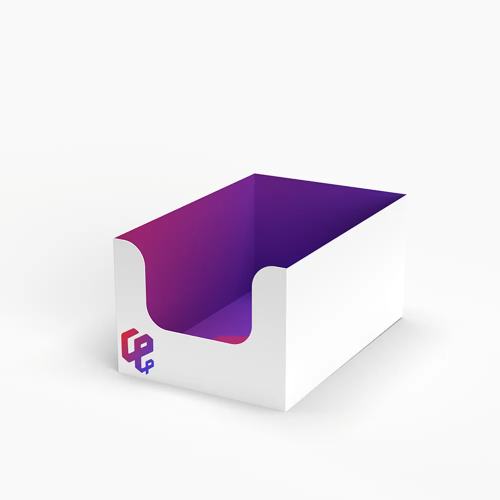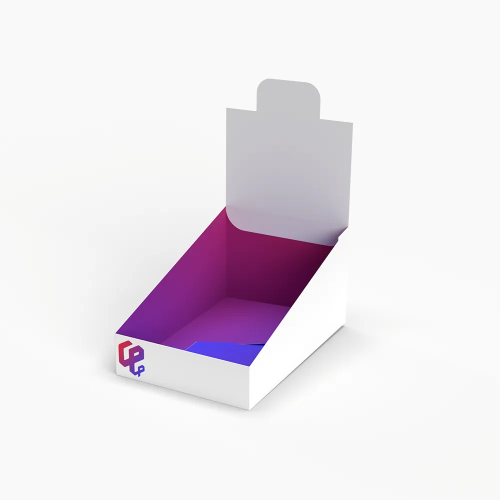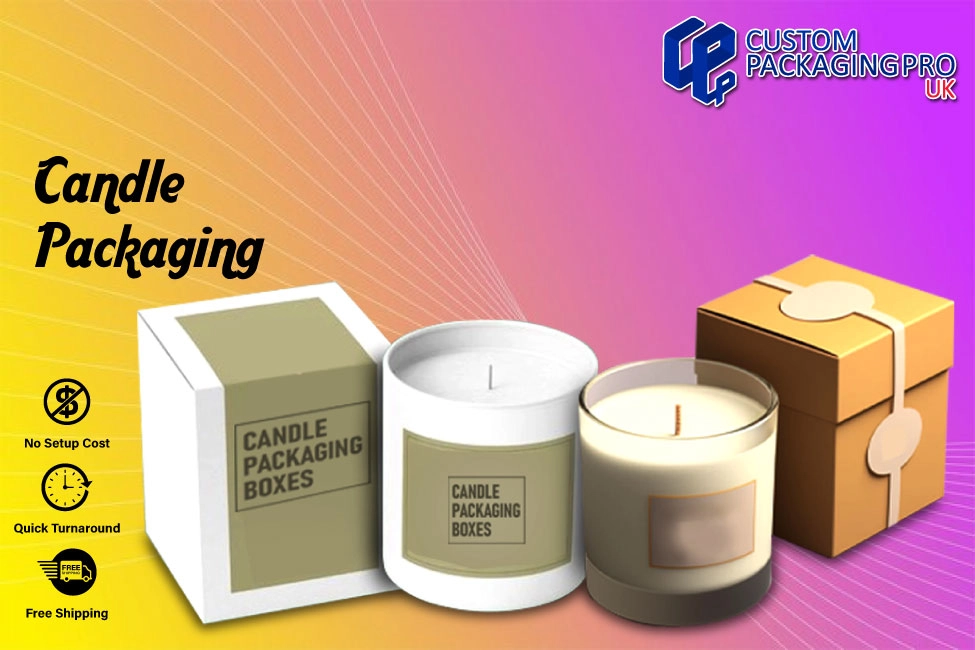Identify Your Worth by Using Candle Packaging
April 01, 2024
As the initial point of interaction between customers and the product, Packaging is vital to drawing attention, communicating brand identity, and guaranteeing product safety. A market complete with candle options makes Candle Packaging design an effective tool for customer involvement and uniqueness. Everything about it, from the material selection to the design components, adds to the entire customer experience. Materials are essential to it since they guarantee the sustainability and integrity of the product in addition to its aesthetic appeal. It is frequently made of cardboard, paperboard, glass, and tin, all with unique benefits. Paperboard and cardboard are standard options because of their adaptability, affordability, and capacity to be personalised through various printing methods.
Fascinating and Elegant Candle Packaging for Appearance
Enough protection for the candle is provided by the Packaging during storage and transit. Glass containers, on the other hand, provide a robust and reusable packaging solution along with a luxury look and feel that lets customers see the colour and texture of the candle. Customers find tin containers nostalgic and appealing since they are sturdy and have a rustic appearance. Candle Packaging mostly depends on design, which conveys their identity, creates an atmosphere, and persuades customers to buy. Whether the design is bold, wacky, simple, and elegant, it must represent the target market and capture their spirit. Several essential design components, including texture, graphics, colour scheme, and typography, influence their overall look.
Candle Boxes Will Operate Like an Expert
When these components are used creatively, they can convey a story, arouse feelings in the customer, and make the unpacking experience unforgettable. Candle Boxes design heavily relies on typography, which affects readability, visual attractiveness, and brand recognition. The font selection can express their personality, whether lively and trendy and elegant and classic. Essential details like their ingredients, smell, and usage instructions are communicated to the customer thanks to clear and readable writing. Moreover, distinctive typographic treatments can improve the aesthetic and provide visual appeal. Another critical component of its design is choosing a colour scheme because colours affect how consumers perceive products and elicit strong feelings.

Trendy Designs of Retail Packaging for Products
Packaging is a silent ambassador, subtly conveying their essence, promises, and values to prospective customers. Whether in the busy supermarket aisles and the calm boutique atmosphere, Packaging is essential for drawing customers in, providing information, and ultimately swaying their buying choice. Retail Packaging is more than just a covering to keep the object inside safe. It is a blank canvas for design, utility, and brand identity. Fundamentally, the goal is to create an experience. It is their first real-world encounter with a product, which frequently shapes their opinion and piques their interest. A well-designed packaging can connect with customers by arousing feelings and returning memories.
Sustainable Shopping Solutions with Retail Packaging
Packaging communicates in a global language that cuts over linguistic and cultural divides, from the colours of a candy wrapper to the understated beauty of a high-end perfume box. When it comes to design, functionality is critical. Beyond appearance, it must protect the product when it is being transported, stored, and shown. Retail Packaging, whether a sturdy cardboard box for electronics and a resalable pouch for snacks, should provide customers with ease and use. Simple-to-open seals, comfortable handles, and enlightening labels create a seamless user experience that increases client happiness and steadfastness. Before purchasing, people look for important information such as ingredients, safety warnings, nutritional statistics, and usage directions.
Safe and Secure Retail Packaging for Your Brand
Packaging communicates essential details about the product it contains, acting as a silent salesman. Concise, unambiguous labelling assures customers of their quality and fit for their needs while fostering transparency and confidence. Eco-friendly packaging materials and certifications further bolster a commitment to social responsibility and environmental stewardship in an era where sustainability and health consciousness are essential. Advances in printing technology have changed the design options. Customisation and personalisation are also becoming more popular. Retail Packaging enables firms to create Packaging appropriate for particular audiences and events, strengthening their customer bond. It tells their history, core principles, and future goals quietly yet compellingly.

Cosmetic Packaging Protecting Your Products by Damage
Packaging fulfils several functions beyond simple containment and protection in a field where aesthetics and utility constantly remain merged. Cosmetic Packaging is essential to a cosmetic items and their whole lifecycle, from luring customers at the point of sale to protecting the purity of the product. First impressions count and in the case of cosmetics. The packaging frequently serves as their initial point of contact with the item. An attractive box can draw in customers, arouse feelings, and capture the spirit of the company it represents. Packaging, whether the bright colours of niche items and the elegant simplicity of premium companies, speaks volumes about the identity and values of the cosmetics it contains.
Radiant Glow Cosmetics Packaging that Enhance Appearance
In packaging, practicality takes precedence above appearances. Cosmetic Packaging must provide user convenience and ease of use and shield the product from environmental elements, including light, air, and contamination. Ingenious packaging techniques, including vacuum sealing, dropper bottles, and airless pumps. They improve the user experience and increase product shelf life by reducing exposure to hazardous substances. Sustainability has been a crucial factor in its design. Growing consumer consciousness on environmental matters has led to a demand for Eco-friendly options that limit waste and lower carbon emissions. In response, companies are looking into biodegradable Packaging, recyclable materials, and refillable containers to fit the expanding sustainability movement.
Vintage Elegance by Having Luxury Cosmetic Packaging Collection
Packaging is essential for more reasons than just the moment of sale. It keeps their effectiveness and integrity intact for the duration of its life. Airtight seals stop oxidation, UV-resistant materials cover light-sensitive formulas, and tamper-evident features provide customers peace of mind. Packaging essentially acts as a guardian, ensuring the product arrives at the customer in perfect condition and prepared to produce the desired outcomes. Cosmetic Packaging is a tool for brand interaction and storytelling. Brands have the chance to enlighten consumers on product ingredients and usage guidelines as the brand values through eye-catching images, educational labelling, and interactive aspects. Personalisation is highly valued today, allowing brands to build lasting and personal relationships with their customers.
FAQs
What is candle packaging and why does it matter?
Candle Packaging is the outer box or design that holds your candle. It protects the candle and gives a great first impression that attracts buyers.
2. How does candle packaging protect candles during shipping?
Good Candle Packaging uses sturdy materials and inserts to keep candles from breaking, melting, or getting damaged while being transported.
3. Can candle packaging improve my brand image?
Yes! Stylish Candle Packaging with logos and thoughtful design makes your product look professional and helps customers remember your brand.
4. Does candle packaging help increase sales?
Absolutely — attractive and meaningful Candle Packaging makes customers notice your product and feel confident to buy it.
5. Are there eco-friendly options for candle packaging?
Yes, many brands now choose recyclable, biodegradable, or sustainable materials for Candle Packaging to appeal to eco-conscious buyers.
6. How can candle packaging improve the unboxing experience?
Candle Packaging with smart openings, neat inserts, or personalised touches makes unboxing fun and memorable, which encourages repeat purchases.
